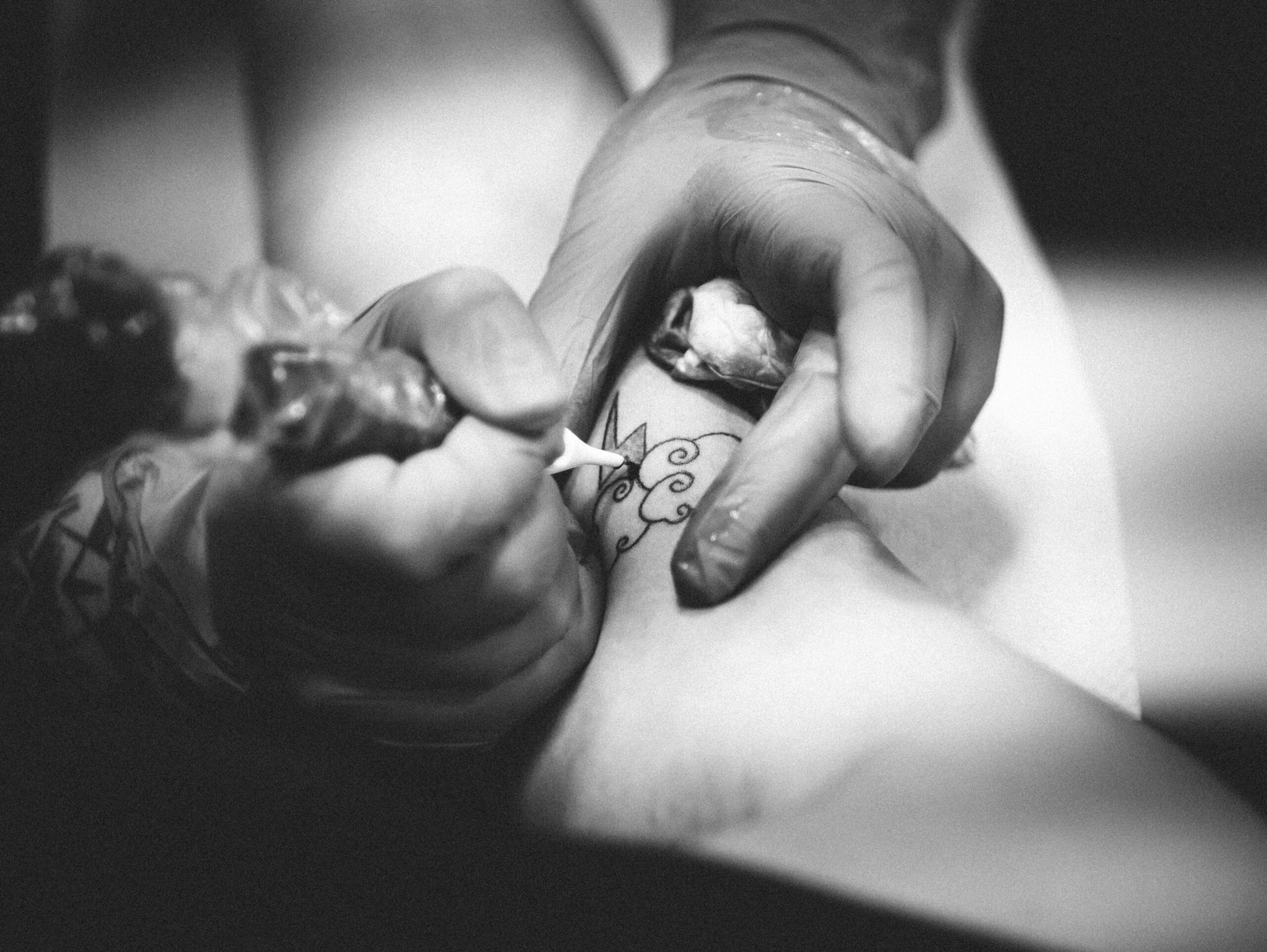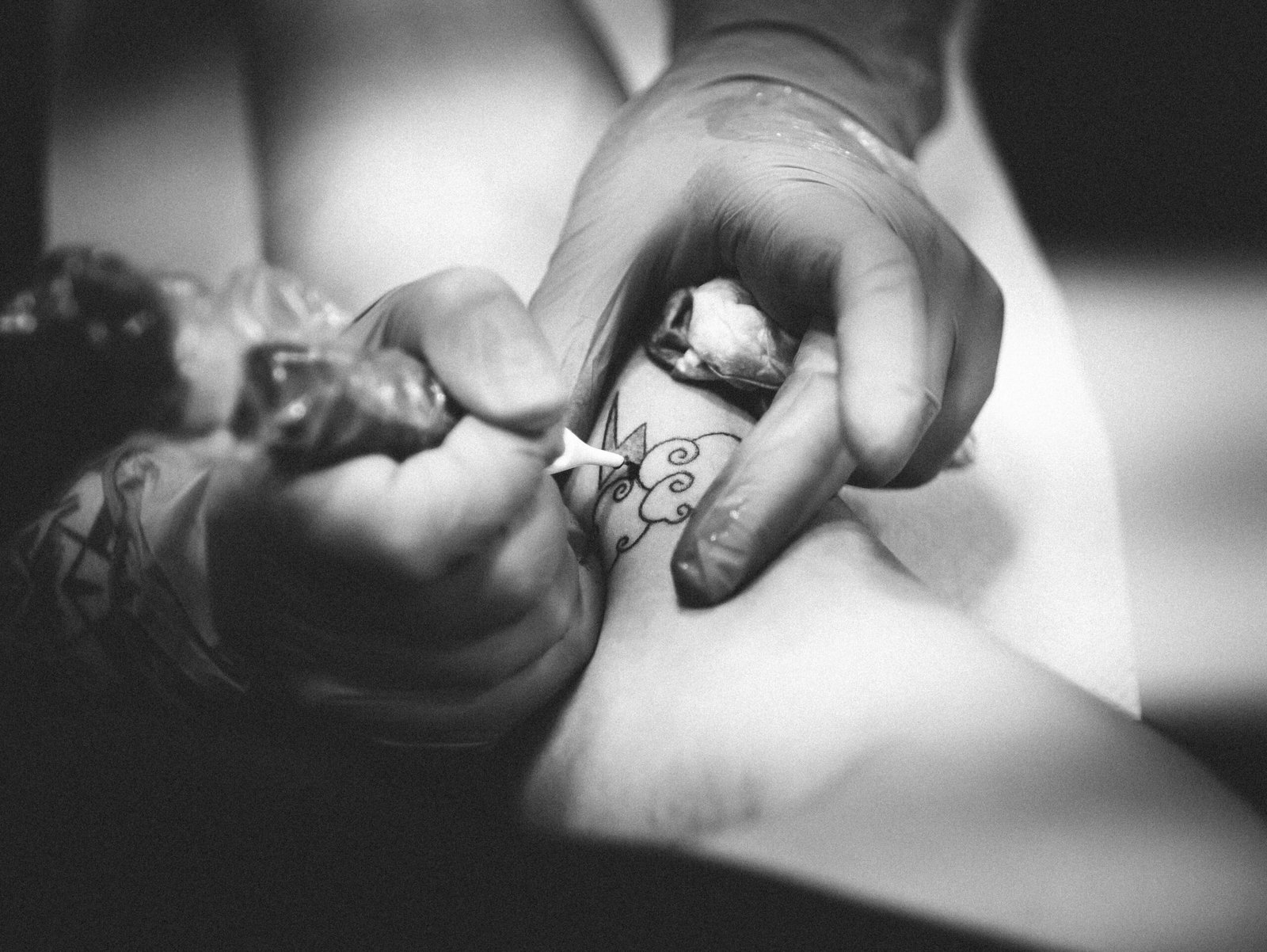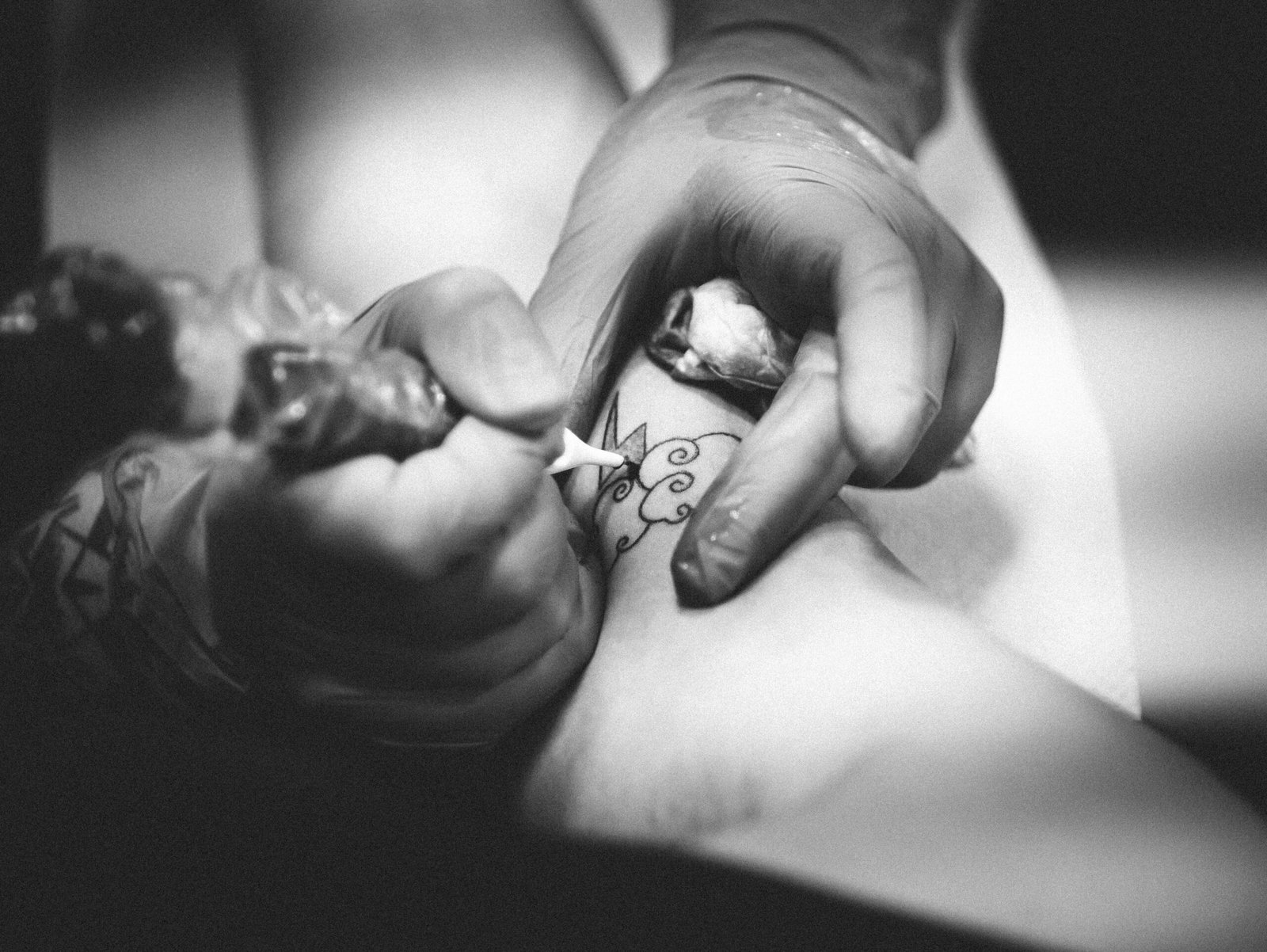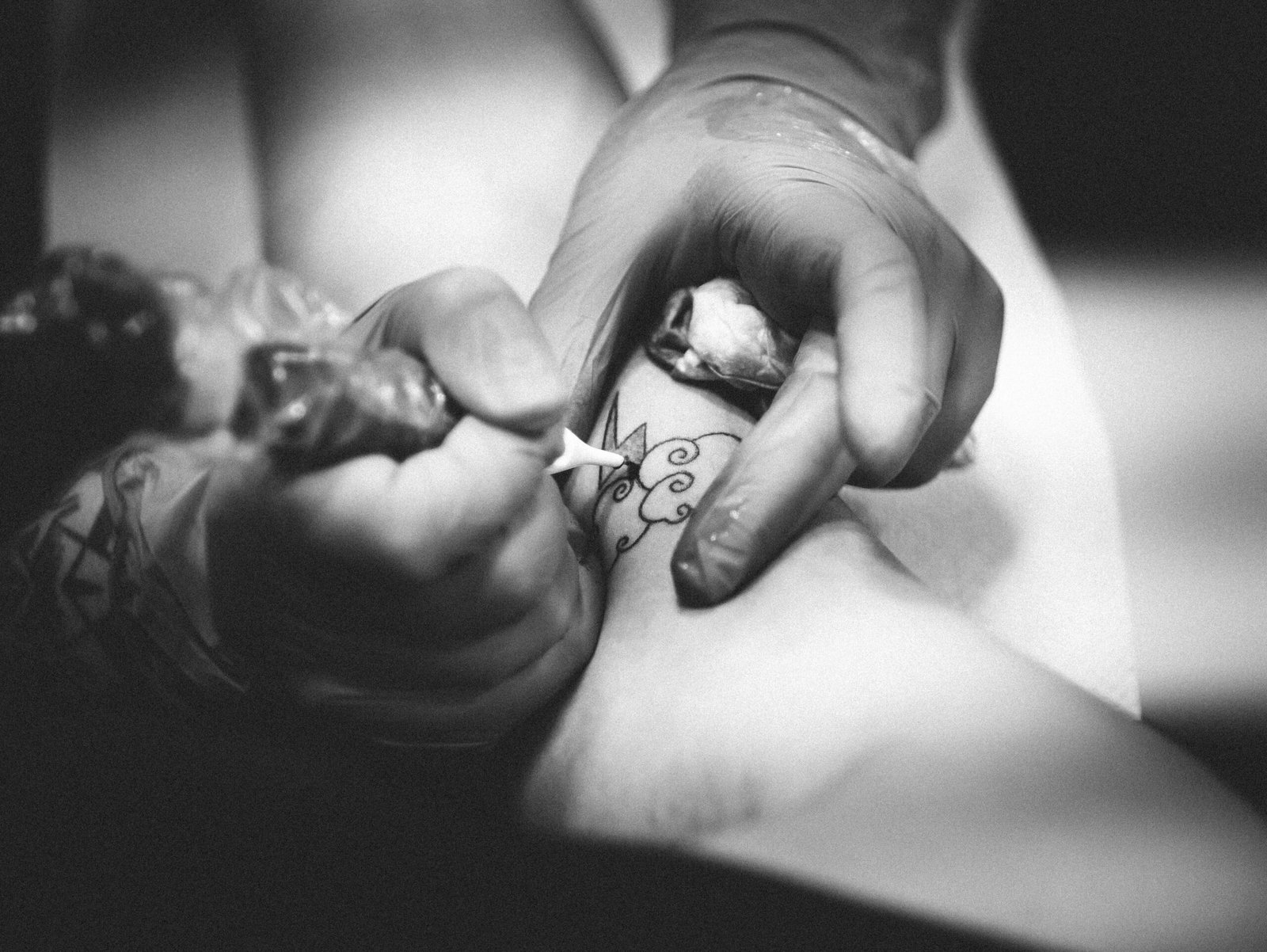Is Pico Laser Good for Tattoo Removal?
Understanding Pico Laser Technology
Pico laser technology represents a significant advancement in the field of tattoo removal. Unlike traditional laser treatments that utilize longer nanosecond pulses, Pico lasers employ ultra-short picosecond pulses. These pulses are at the scale of one trillionth of a second, which allows the laser to shatter the tattoo ink into minuscule particles. This rapid pulse delivery not only enhances precision but also facilitates the body’s natural processes in absorbing and eliminating the dispersed ink particles more efficiently.
The efficacy of Pico laser systems is further augmented by their use of multiple wavelength options. Typical Pico lasers can operate at wavelengths such as 532 nm, 755 nm, and 1064 nm. Each wavelength is optimized to target different colors of tattoo ink. For instance, the 532 nm wavelength is particularly effective for reds, oranges, and yellows, while the 755 nm and 1064 nm wavelengths are more suited to darker pigments like blacks, blues, and greens. This ability to switch between wavelengths ensures that Pico laser technology can address a broad spectrum of tattoo colors with higher precision.
One of the distinct advantages of Pico laser tattoo removal is its higher precision, which reduces the likelihood of damage to surrounding skin tissue. The ultra-short pulses minimize heat diffusion, leading to fewer risks of burns or scarring. Moreover, this technology is known for requiring fewer treatment sessions compared to traditional lasers, making it a more efficient option for individuals seeking to remove unwanted tattoos. The precision and efficiency of Pico lasers also enable them to treat more complex and stubborn tattoo inks that would otherwise be challenging with conventional lasers.
Overall, Pico laser technology stands out for its superior effectiveness in breaking down tattoo pigments, its versatility in treating various ink colors, and its high degree of safety and precision. These attributes collectively position Pico lasers as a preferred choice for individuals seeking reliable and efficient tattoo removal solutions.
Effectiveness of Pico Laser for Tattoo Removal
The Pico laser has emerged as a highly effective method for tattoo removal, outperforming traditional laser technologies like Q-switched lasers in many aspects. Clinical studies provide robust evidence of its efficacy, revealing that Pico laser treatment offers superior results in fewer sessions. One study demonstrated that individuals undergoing Pico laser treatment required, on average, 4-6 sessions to achieve a significant reduction in tattoo pigmentation, compared to 10-12 sessions needed with Q-switched lasers. This reduction in the number of sessions translates to less time, lower costs, and diminished discomfort for patients.
The efficiency of Pico laser removal can be attributed to its ultrashort pulse duration, which breaks down tattoo pigments into smaller particles that are more easily absorbed and eliminated by the body. As a result, patients can expect a higher percentage of ink removal, often reaching up to 95% clarity, depending on the ink colors and skin type. Darker inks like black and blue respond exceptionally well to Pico laser treatment, whereas stubborn colors like green and yellow still show remarkable improvement.
Real-world results further underscore the effectiveness of Pico laser technology. Numerous testimonials and case studies showcase patients who have achieved near-complete tattoo removal with this advanced laser system. For instance, Jessica R., a 29-year-old patient, shared her positive experience stating, “After just three sessions with the Pico laser, my once vibrant tattoo has faded to the point where it is barely noticeable.”
These results are echoed by dermatologists and laser specialists who regularly employ Pico lasers in their practice. Dr. John Smith, a board-certified dermatologist, notes, “Pico laser technology represents a paradigm shift in tattoo removal, offering unparalleled results with minimal side effects. The precision and power of this laser make it the gold standard for anyone considering tattoo removal.”
In conclusion, the Pico laser stands out as an exceptionally effective tool for tattoo removal, offering quicker, more comprehensive results compared to traditional methods. Its ability to significantly reduce the number of sessions and enhance ink clearance makes it the preferred choice for both patients and practitioners alike.
Comparing Pico Laser with Other Tattoo Removal Methods
When considering tattoo removal options, it is essential to compare the different methods available to make an informed choice. One popular method is the Pico laser, renowned for its precision and efficacy. But how does it stack up against other common approaches like Q-switched lasers, dermabrasion, and excision?
First on the list is the Q-switched laser. This method has been widely used for many years and works by emitting high-intensity light beams to break down tattoo ink particles. While effective over time, Q-switched lasers typically require multiple sessions, often ranging from 10 to 15, depending on the tattoo’s complexity and color used. Pain levels can vary from person to person, but many describe it as a rubber band snapping against the skin. Recovery time between sessions is necessary to allow the skin to heal, which can prolong the overall removal process. Additionally, there is a moderate risk of scarring or hyperpigmentation.
Dermabrasion involves mechanically sanding down the skin’s surface to remove the tattoo. This method is less commonly used due to its invasive nature and higher pain levels, often necessitating local anesthesia. The recovery time can be substantial, involving several weeks of wound care, with an increased potential for infection and noticeable scarring.
Excision is a surgical method where the tattooed skin is physically cut out, and the remaining skin is stitched together. This technique is typically reserved for smaller tattoos due to practicality and higher risk of significant scarring. Excision involves considerable pain and a recovery period that can extend for weeks as the skin heals.
In contrast, the Pico laser stands out for its advanced technology that delivers ultra-short pulses to the skin. This precision allows for a more targeted breakdown of ink particles, often reducing the number of sessions needed compared to the Q-switched laser. Most patients report less discomfort during Pico laser treatment due to the shorter pulse duration. Moreover, the Pico laser’s ability to fragment ink more effectively reduces the risk of side effects such as scarring or skin discoloration. Recovery times are also generally shorter, making it a more convenient option for many.
Overall, while each tattoo removal method has its advantages and disadvantages, the Pico laser offers a balanced combination of precision, reduced pain, fewer sessions, and minimized risk of scarring. These factors make it a compelling choice for those seeking efficient and effective tattoo removal.
“`html
What to Expect During and After Pico Laser Treatment
Pico laser tattoo removal is a sophisticated procedure designed to efficiently break down ink particles using ultra-short pulses of energy. Before the treatment begins, patients typically undergo a pre-treatment consultation with their healthcare professional. During this session, the practitioner will evaluate the tattoo’s size, color, and location to design a customized treatment plan. Additionally, patients should disclose their medical history, including any skin conditions, to ensure the procedure’s safety and effectiveness.
On the day of the treatment, the affected area is cleaned, and a topical anesthetic may be applied to minimize discomfort. The actual Pico laser session involves directing concentrated laser energy onto the tattoo, targeting the pigments without damaging surrounding skin tissues. The sensation experienced during the treatment varies but is often compared to a series of quick, light snaps or the feeling of a rubber band being snapped against the skin. Some patients may find this mildly uncomfortable, but the use of a topical anesthetic significantly alleviates this sensation.
Post-treatment care is crucial for optimal results and involves several steps. Immediately after the session, patients should expect some redness, swelling, and a stinging sensation in the treated area. These side effects are typically short-lived, subsiding within a few hours to a couple of days. Applying a cold compress and over-the-counter pain relief can help manage discomfort. Practitioners often provide specific aftercare instructions, including keeping the treated area clean and avoiding direct sunlight to prevent skin irritation and promote healing.
Common concerns such as skin sensitivity and temporary discoloration are to be expected. Following the practitioner’s advice, including applying recommended ointments and avoiding picking at scabs, will support the healing process. Recovery timelines vary depending on the tattoo’s characteristics and the individual’s skin type but generally, patients can resume normal activities within a day or two. It’s essential to schedule follow-up appointments to monitor progress, address any complications, and decide if additional sessions are required for complete tattoo removal.
“`







